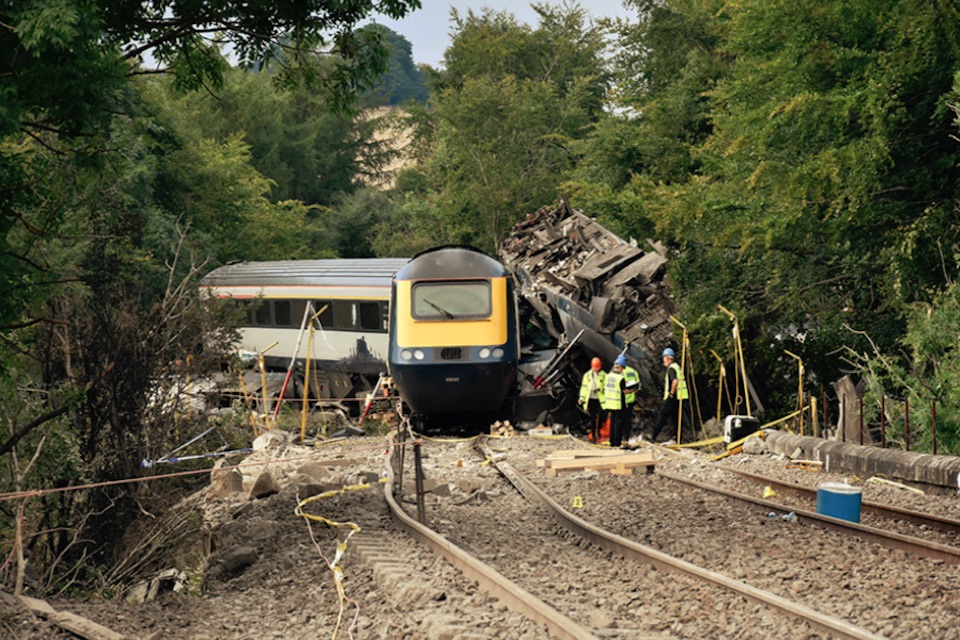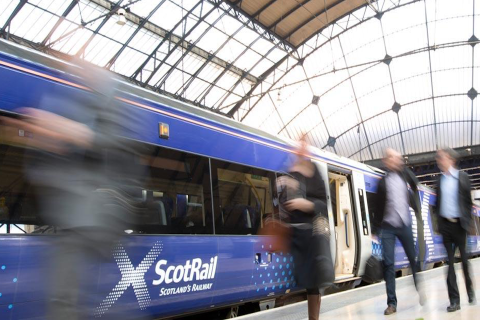Network Rail faces criminal charges over fatal Scottish crash

The UK infrastructure agency Network Rail is to face criminal charges over the fatal derailment at Carmont in the North East of Scotland in August 2020. Three people died in the accident which saw the Aberdeen to Dundee main line blocked for several weeks. The route is often regarded as the northern end of the East Coast Main Line. Independent investigations, by the Office of Rail and Road, put the responsibility firmly on the shoulders of Network Rail.
Want to read more?
You have read all of your free premium articles for this month. Please become a subscriber to keep reading.
Subscribe now!
Take advantage of our exclusive offer to get full access to all premium content.




